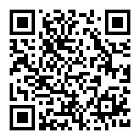ISO/TR 11696-1-1999 對(duì)火反應(yīng)試驗(yàn)結(jié)果的應(yīng)用 第1部分:利用試驗(yàn)結(jié)果預(yù)測(cè)內(nèi)飾材料和其他建筑制品的燃燒性能
作者:百檢網(wǎng) 時(shí)間:2021-07-16
中文標(biāo)準(zhǔn)名稱:對(duì)火反應(yīng)試驗(yàn)結(jié)果的應(yīng)用 第1部分:利用試驗(yàn)結(jié)果預(yù)測(cè)內(nèi)飾材料和其他建筑制品的燃燒性能
英文標(biāo)準(zhǔn)名稱:Uses of reaction to fire test results - Part 1: Application of test results to predict fire performance of internal linings and other building products
標(biāo)準(zhǔn)類(lèi)型:C82
發(fā)布日期:1999/12/31 12:00:00
實(shí)施日期:1999/12/31 12:00:00
中國(guó)標(biāo)準(zhǔn)分類(lèi)號(hào):C82
國(guó)際標(biāo)準(zhǔn)分類(lèi)號(hào):13.220.50
適用范圍:This Technical Report describes how information on basic values for ignition, spread of flame, rate of heat release and smoke can be used in fire growth models for internal linings and other building products to describe the fire hazard in a limited number of scenarios starting with fire development in a small room. Other scenarios include fire spread in a large compartment and fire propagation down a corridor. The types of models to be used are: a) mathematical models based on fire growth physics, which calculate fire room variables, the results of which may be used for fire safety engineering purposes; and b) generalized engineering calculations. Sub-models can be included within the above models, provided the consistency of the whole is not prejudiced. The models in general are not limited to one fire scenario. The models should be used to calculate and describe the fire properties of building products in their end-use conditions. The use of models should not be limited by difficult materials, but it is recognized that some products may not be capable of being modelled (for example due to their complex assembly or to their thermoplastic properties). Input parameters for models are based on ISO tests, mainly those in ISO/TR 3814. The quality of a fire model for wall and ceiling linings is assessed by comparison with test results from a full-scale small room test for surface products and by sensitivity analysis on the model itself.
相關(guān)標(biāo)準(zhǔn)
《GB/T 2423.35-2005》電工電子產(chǎn)品基本環(huán)境試驗(yàn) 第2部分:試驗(yàn)方法 試驗(yàn)Z/AFc:散熱和非散熱試驗(yàn)樣品的低溫/振動(dòng)(正弦)綜合試驗(yàn) GB/T 2423.35-2005
《GB/T 531.1-2008》硫化橡膠或熱塑性橡膠 壓入硬度試驗(yàn)方法 第1部分:邵氏硬度計(jì)法(邵爾硬度) GB/T 531.1-2008
《ISO 105-B02:2014》紡織品 色牢度試驗(yàn) 第B02部分:耐人造光色牢度 氙弧褪色燈試驗(yàn) ISO 105-B02:2014
《ABNT NBR 6752:2020》乘用車(chē),輕型商用車(chē)和SUV的鋁合金車(chē)輪-要求和測(cè)試 ABNT NBR 6752:2020
《30 StVZO(TUEV)》德國(guó)TUV標(biāo)準(zhǔn)STVZO:1998汽車(chē)及其拖車(chē)指定車(chē)輪的試驗(yàn)指導(dǎo) 30 StVZO(TUEV) 2
《ABNT NBR 6752:2020》乘用車(chē),輕型商用車(chē)和SUV的鋁合金車(chē)輪-要求和測(cè)試 ABNT NBR 6752:2020
《GMW14910-2019》車(chē)輪側(cè)向沖擊試驗(yàn) GMW14910-2019
《ISO 7141:2005(E)》道路車(chē)輛-輕合金車(chē)輪--沖擊試驗(yàn) ISO 7141:2005(E)
《SAE J175:2016》車(chē)輪--沖擊試驗(yàn)方法--道路車(chē)輛 SAE J175:2016 2
百檢能給您帶來(lái)哪些改變?
1、檢測(cè)行業(yè)全覆蓋,滿足不同的檢測(cè);
2、實(shí)驗(yàn)室全覆蓋,就近分配本地化檢測(cè);
3、工程師一對(duì)一服務(wù),讓檢測(cè)更精準(zhǔn);
4、免費(fèi)初檢,初檢不收取檢測(cè)費(fèi)用;
5、自助下單 快遞免費(fèi)上門(mén)取樣;
6、周期短,費(fèi)用低,服務(wù)周到;
7、擁有CMA、CNAS、CAL等權(quán)威資質(zhì);
8、檢測(cè)報(bào)告權(quán)威有效、中國(guó)通用;
客戶案例展示
相關(guān)商品
相關(guān)資訊

最新資訊
版權(quán)與免責(zé)聲明
①本網(wǎng)注名來(lái)源于“互聯(lián)網(wǎng)”的所有作品,版權(quán)歸原作者或者來(lái)源機(jī)構(gòu)所有,如果有涉及作品內(nèi)容、版權(quán)等問(wèn)題,請(qǐng)?jiān)谧髌钒l(fā)表之日起一個(gè)月內(nèi)與本網(wǎng)聯(lián)系,聯(lián)系郵箱service@baijiantest.com,否則視為默認(rèn)百檢網(wǎng)有權(quán)進(jìn)行轉(zhuǎn)載。
②本網(wǎng)注名來(lái)源于“百檢網(wǎng)”的所有作品,版權(quán)歸百檢網(wǎng)所有,未經(jīng)本網(wǎng)授權(quán)不得轉(zhuǎn)載、摘編或利用其它方式使用。想要轉(zhuǎn)載本網(wǎng)作品,請(qǐng)聯(lián)系:service@baijiantest.com。已獲本網(wǎng)授權(quán)的作品,應(yīng)在授權(quán)范圍內(nèi)使用,并注明"來(lái)源:百檢網(wǎng)"。違者本網(wǎng)將追究相關(guān)法律責(zé)任。
③本網(wǎng)所載作品僅代表作者獨(dú)立觀點(diǎn),不代表百檢立場(chǎng),用戶需作出獨(dú)立判斷,如有異議或投訴,請(qǐng)聯(lián)系service@baijiantest.com



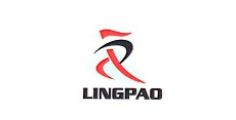
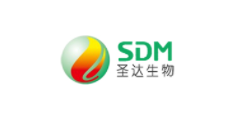
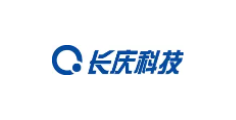
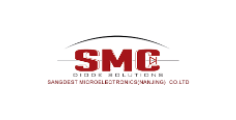
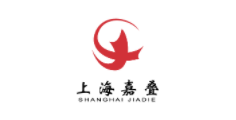
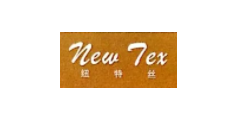
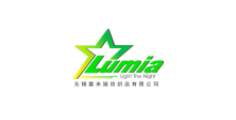
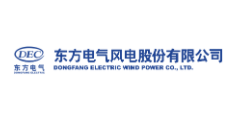
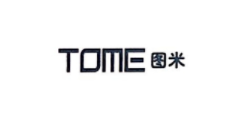
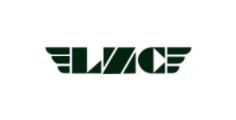
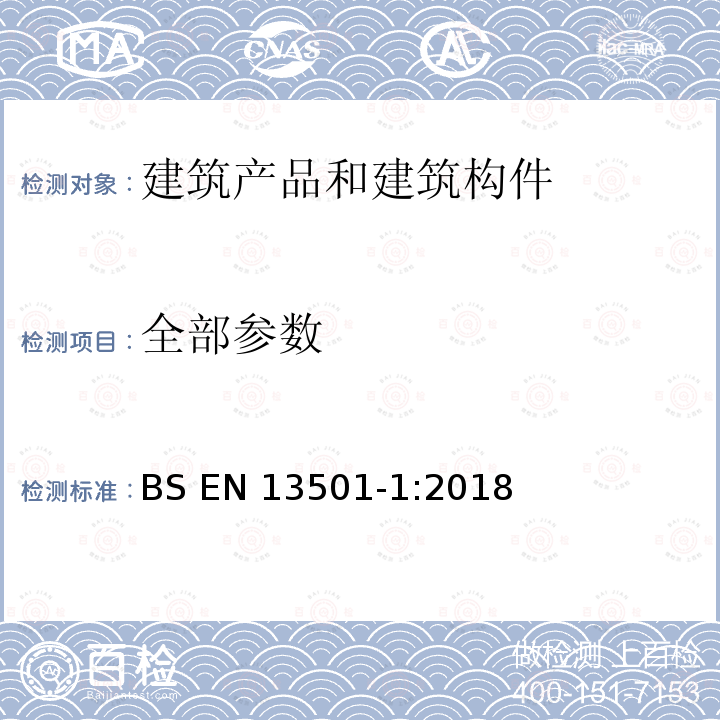
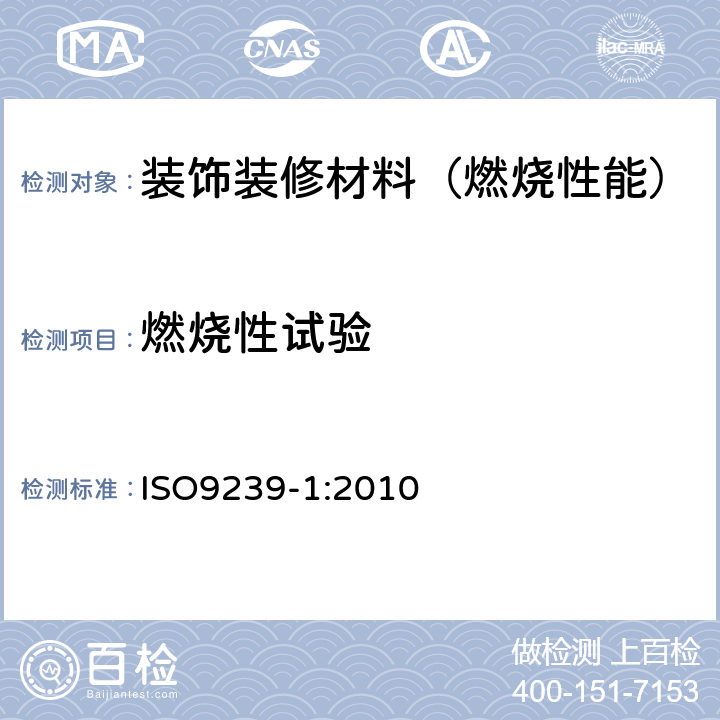
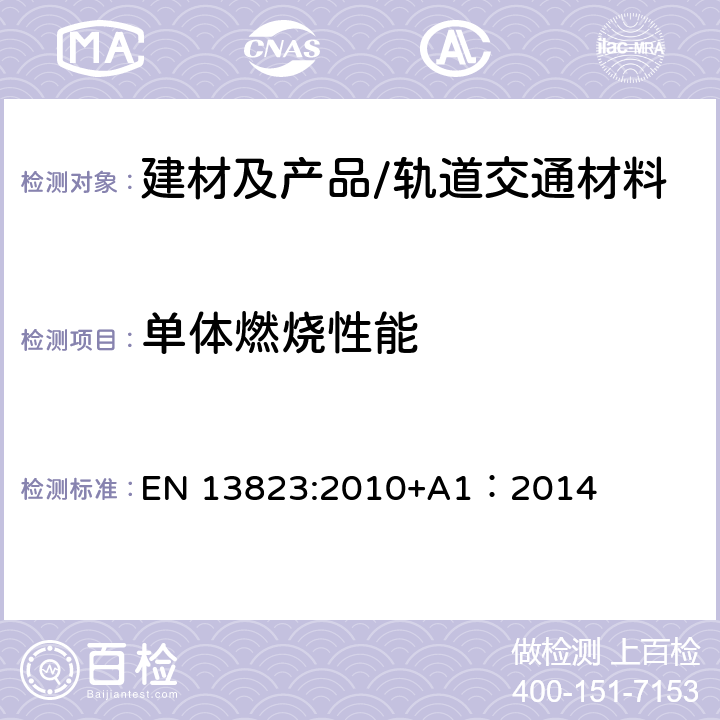
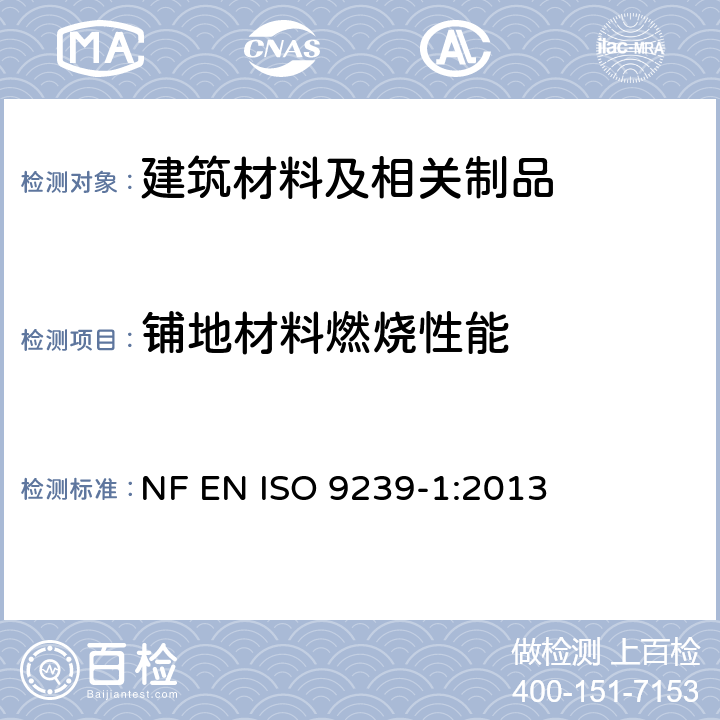
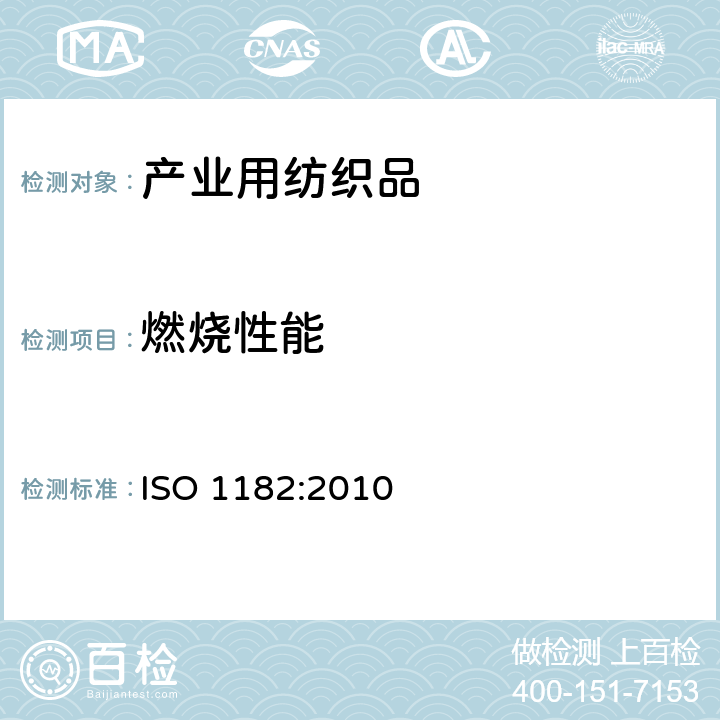

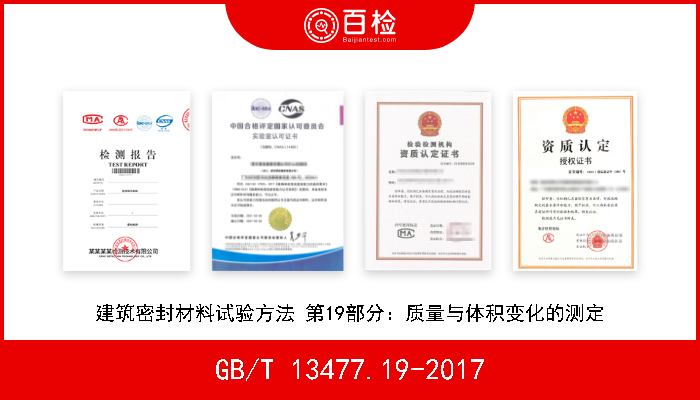
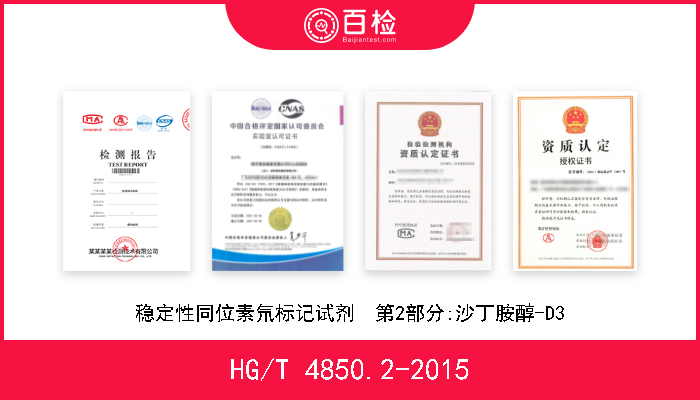
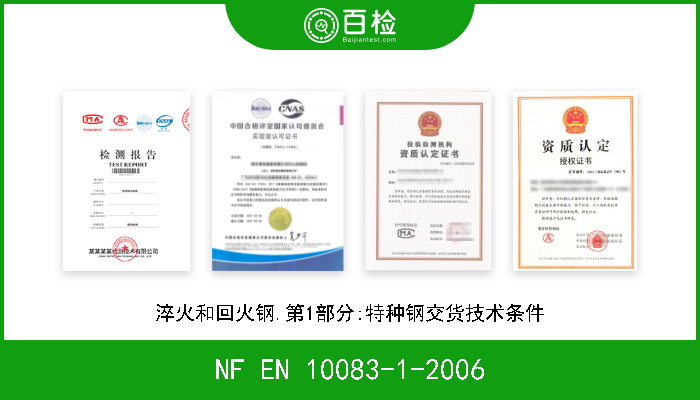
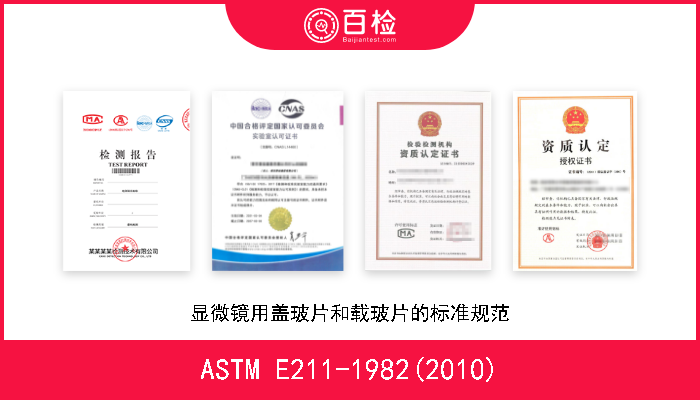
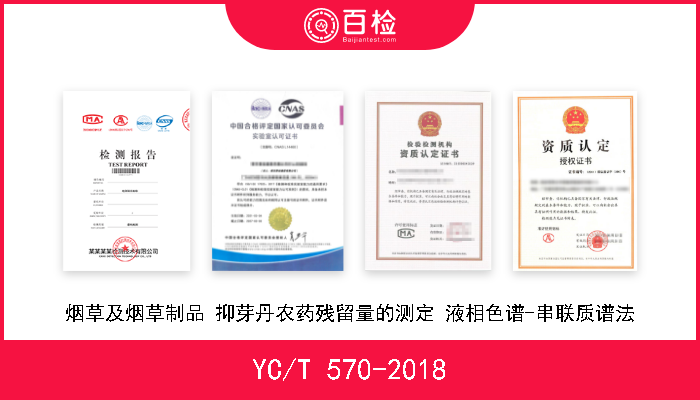
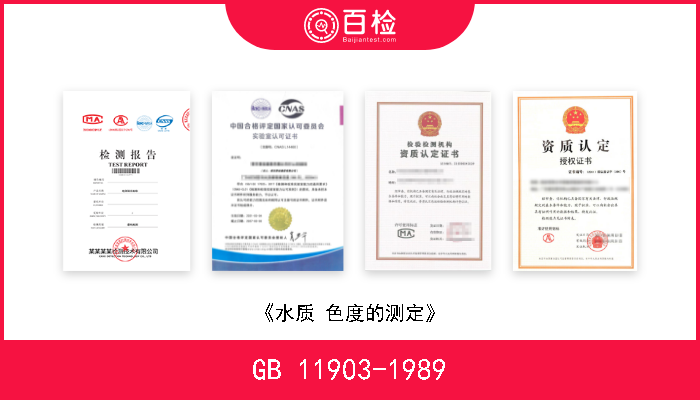
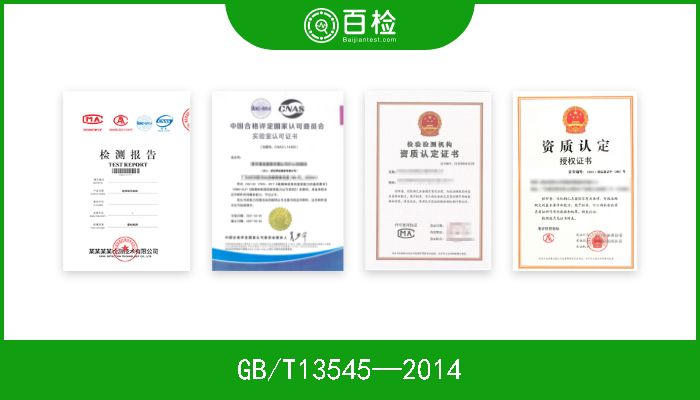
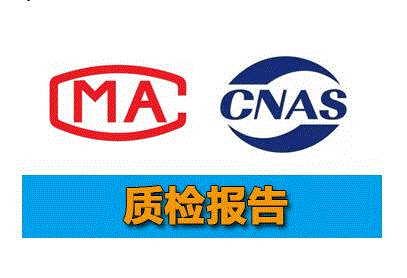
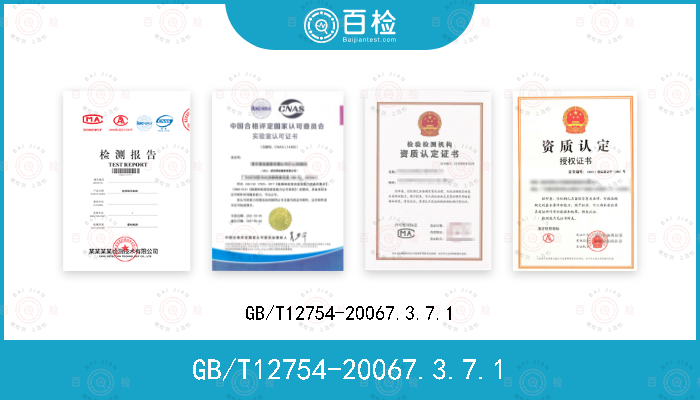
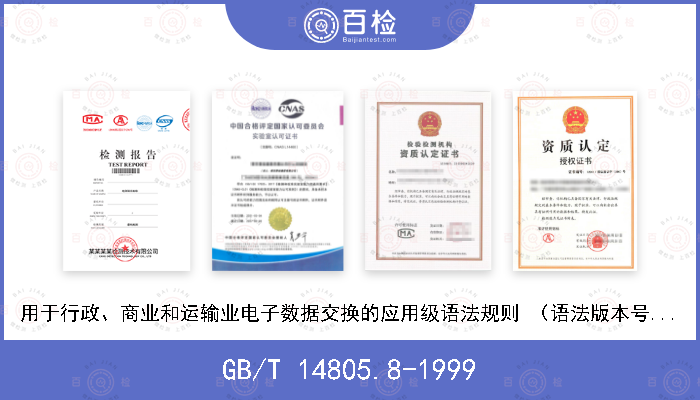


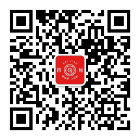
 400-101-7153
400-101-7153 15201733840
15201733840